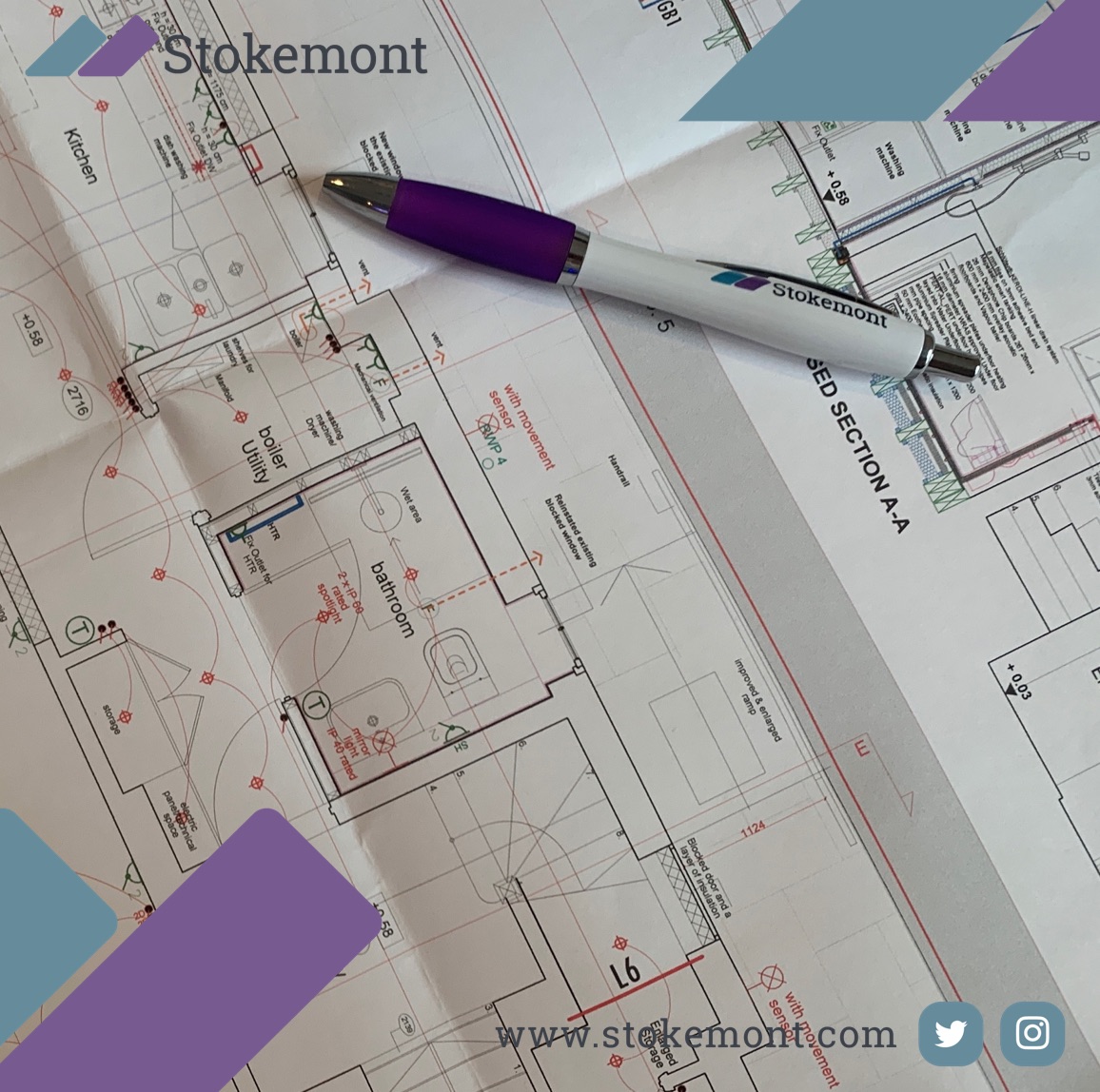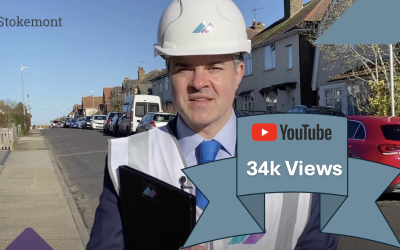If you’re planning on undertaking works to your leasehold flat, you’re probably excited about the space changes, design editions and change of living that comes over most of us when we step into the shoes of an interior designer!
However, an important aspect to carefully consider what the Licence for Alterations requirements are, and the type of alterations covenant that your lease has. This will ultimately govern the proposed work and alterations and could very much set the tone for the procedures to follow.
If you’re a leaseholder, and are planning on undertaking “alterations” works to your property, under the requirements and terms of your lease, you will need to seek the consent of your freeholder for the proposed alterations.
So what are alterations work?
There’s no set definition on this, however generally speaking the works will include the following:
- Changing Floor Coverings
- Changing Kitchen & Bathroom Location
- Alterations to Services
- Layout Changes
- Structural Works
- Changes to Windows
The alterations themselves will be dealt with under the lease’s alterations clause, effectively setting out exactly what you need to do as a leaseholder in order to comply with the lease and ultimately move towards the agreement of a licence for alterations, also known as a licence to alter governing the proposed works.
Generally speaking, there are three different types of covenants that exist within leases.
We will now look at these in a little bit more detail so you can better understand which one of these applies to your lease.
An Absolute Covenant
Picture, a traffic light. Well this is a red light!
An absolute covenant is, in effect, the worst type of covenant that leases can have. It is fully prohibitive and ultimately means you are only able to get the Licence for Alterations consent if the freeholder is specifically agreeable to waiving the leases’ clause in its entirety.
There has also been a recent case law, in particular Duval v Randolph Crescent Ltd, whereby the freeholder gave a leaseholder consent to undertake the works, waiving the requirements of the covenant.
In doing this, another leaseholder within the building, effectively argued that the freeholder didn’t have the right to do that, and were in effect breach of the lease in doing so.
The courts agreed with this leaseholder and effectively set out that the freeholder didn’t have the right to depart from the lease itself, and that the alteration consent should not have been given.
Qualified Covenant
Picture, a traffic light. Well this is an amber light!
The second type of alterations covenant is a qualified covenant. A qualified covenant will prohibit a leaseholder’s proposed alterations, except with the landlord having given them consent.
The key element to bear in mind with this type of covenant is that the consent does not need to be given by the landlord, and they can in effect, refuse it if they choose to.
In some cases, it is not uncommon for landlords to add a premium to giving consent, which can effectively be a sum of money that the landlord deems fit to give their leaseholder the right to do the work.
Fully Qualified Covenant
Picture, a traffic light. Well this is a green light!
The final type of lease covenant is a fully qualified type. It is ultimately the most favourable from the leaseholder’s perspective as it means that they are very likely, or almost certainly likely to get a freeholder’s consent, with that consent not being unreasonably withheld.
This effectively means that so long as they go through the appropriate Licence for Alterations procedures and tick the various different boxes and requests made by the freeholder, or their advisors, they will be given the alterations consent.
Licence for Alterations can be a problematic area of property law, and can quickly spiral out of control with various different types of information requirements, costs and requests that can halt and stall the proposed works. If this experience is resonating with you, don’t panic, with the right Surveying team on hand, the procedures should be clear and without issue.
If you are planning on undertaking works to your property that require Licence for Alterations input and advice. We’d be happy to review your lease and confirm what type of covenant it is, and whether the works you’re doing will indeed require Licence for Alterations consent.
Get in touch with our team of qualified and experienced surveyors today and we will be more than happy to assist you.




